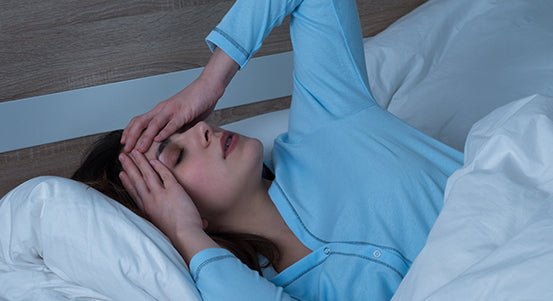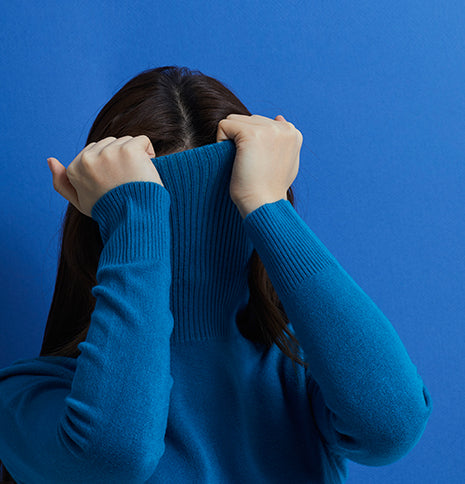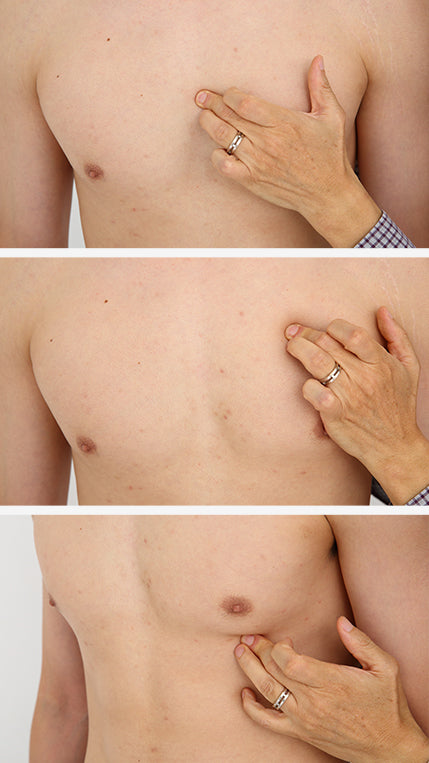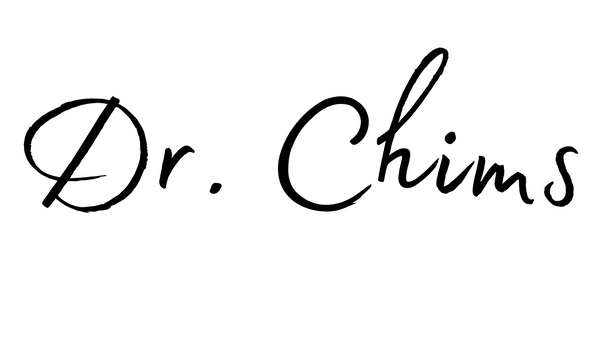Sleep Disorder, Depression, and Panic Disorder


1. Sleep disorder
Sleep disorders occur when the quality of sleep deteriorates. This may be caused by waking up frequently while sleeping, having a lot of dreams, or struggling to fall asleep, or sleepwalking. Chronic fatigue may lead to several other neurological disorders.

2. Depression
Depression can lead to loss of enthusiasm or suicidal thoughts that arise from a sense of inferiority, lack of confidence, and hopelessness. If depression gets severe, one may further experience a disorder of cognitive function, or sometimes delusions.

3. Panic disorder
Panic disorder — i.e. anxiety, agitation, chest tightness, chest pain, etc. — is a sudden and unexpected occurrence of severe anxiety attacks accompanied by various physical symptoms like palpitation, chest tightness, chest pain, and nervousness.
√ The same treatment is applied to other neurological diseases caused by abnormalities in neurotransmitters, i.e. impulse control disorder, attention deficit hyperactivity disorder (ADHD), post traumatic stress disorder (PTSD), and obsessive compulsive disorder.
Cause
People who are more sensitive than others or are vulnerable to a stressful environment are prone to experience neurological disorders.

What is a neurotransmitter?
Neurotransmitters — dopamine, serotonin, endorphins, etc. — are substances affected by stress. Neurotransmitters affect the sympathetic and parasympathetic nerves, and when they are not balanced, it causes autonomic dysfunction and other neurological diseases. An excess or deficiency of one neurotransmitter can lead to abnormalities in other neurotransmitters, In other words, it is important to maintain a mutual balance, also called homeostasis.
One neurological symptom, because it disrupts the homeostasis, often leads to another. For example, insomnia (caused by the deficiency of serotonin) may be accompanied by other neurological symptoms such as panic disorder or depression (caused by abnormal dopamine).
Or, if one experiences a panic disorder, one may experience a light insomnia or depression. If one has depression, insomnia or impulse control disorder may follow.
Problem with conventional treatment
Current treatment of neurological disorders relies on the administration of neurotransmitters associated with particular diseases. For example, for treating insomnia, serotonin is administered. When the treatment lasts for a long period of time, the balance of serotonin with other neurotransmitters starts to break down, resulting in side effects or other symptoms caused by abnormalities in other neurotransmitters. In other words, the conventional treatment in the long term carries a risk of developing other neurological disorders.
Self-diagnosis and how to restore the mutual balance of neurotransmitters

1. Treatment points
Most of the acupuncture points related with neurological disorders are located in the chest area (ribcage). The importance of treating the chest muscles (pectoralis) also have been proven essential in the Myofascial Pain Syndrome (MPS, also known as trigger points). For a diagnosis, one can press the ribcage and chest to identify the area of pain.
Place your finger on the area where you think the pain is, and press down firmly to identify the area of pain. When you feel a muscle or bone ligament at the tip of your finger, gently rub the affected area to narrow down the pain area. If the identified pain area is wide, the symptoms are likely to be more severe.
2. How to treat chest pain
In the area of pain or inflammation, free radicals — equivalent to 1/1000 of the light of a firefly — are generated. They are called bio-photons.
When the light generated from the area of pain is retro-reflected (back to the area of pain), it creates a phenomenon of mutual resonance. Due to the same range of wavelengths, the light can penetrate deeply into wound, stimulating the corresponding sensory nerves until the pain is relieved.
The therapeutic effectiveness, safety and efficacy of the Chims Band treatment were confirmed by The Study on the Analgesic Effect of Chims Band after Endoscopic Shoulder Surgery, conducted under supervision of the Korean Ministry of Food and Drug Safety and received the support of Dongshin University Oriental Medicine Hospital, Gwangju, Korea.
Treatment result
As the balance of neurotransmitters is restored, the neurological symptoms would disappear, alleviating the chest pain. neurological disorders.

Features
As the chest pain is relieved, free radicals from the area of pain will disappear, causing the light to cease to be emitted. In other words, once the neurotransmitters are restored to a normal level, the treatment effect will no longer proceed.
The quality of sleep would improve, while the length of the sleep might stay similar. The patient will be able to fall asleep easily and sleep deeply. Improvement of chronic fatigue, clear head, and brightening around the eye region can be experienced as well.
Treatment of depression will lead to removal of lethargy and suicidal impulses. Treatment of panic disorder will lead to the state of comfort.
When one neurotransmitter is normalized, other neurotransmitters are also stabilized. All neurotransmitters work together to achieve mutual balance or homeostasis. Therefore, in treating insomnia, depression, and panic disorder, other neurological disorders such as impulse control disorder, attention deficit hyperactivity disorder (ADHD), post traumatic stress disorder (PTSD), and obsessive compulsive disorder may be treated simultaneously.
How to use
-

01. Chims Band (tape) treatment
Attach Chims Band to the identified area of pain.
* Caution: Chims Band may cause skin allergies.
* It is recommended to apply Chims Band for a few more days even after the symptoms improve because there are cases where pain is latent.
-

02. Chims Wear treatment
Chims Wear is a product designed to assist people who need a long-term treatment of stress-related symptoms. The product, because it does not require attachment to the skin like Chims Band, is also recommended for people who have weak skin or hairy skin.


